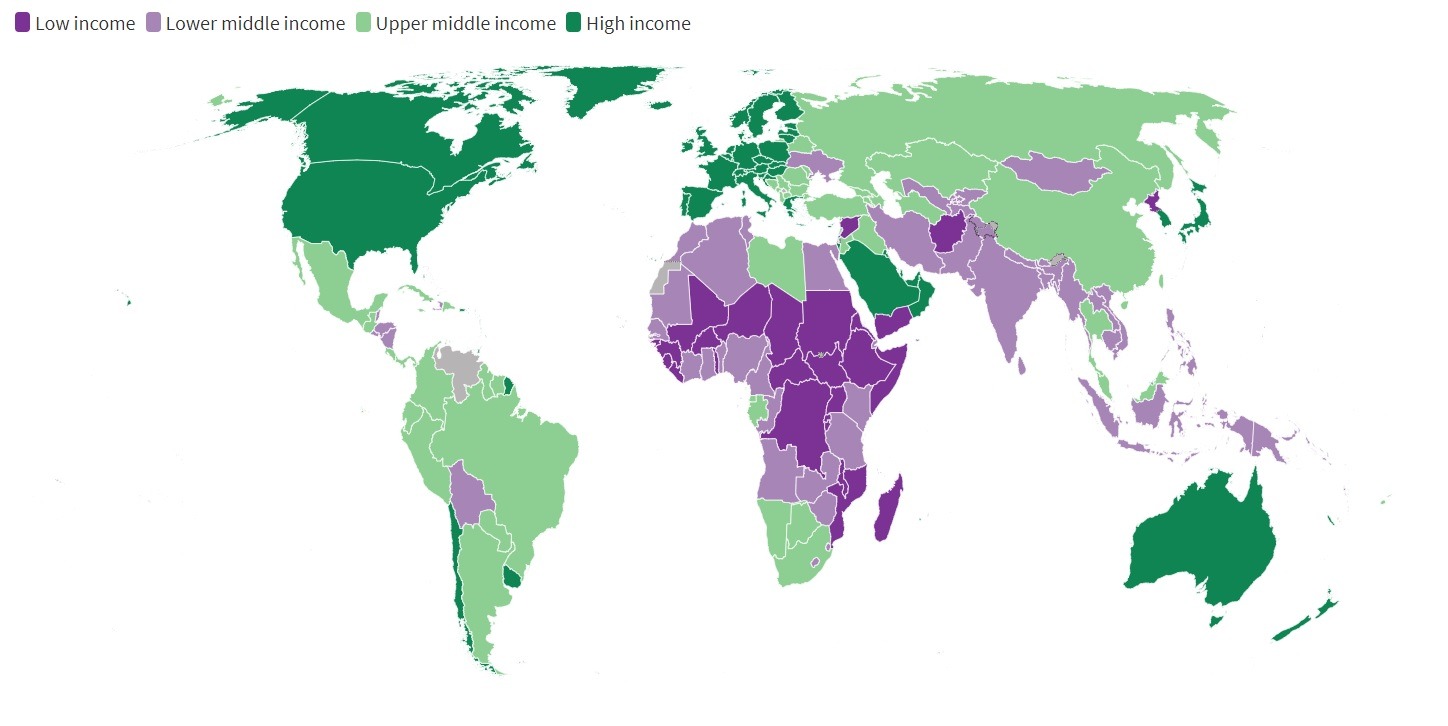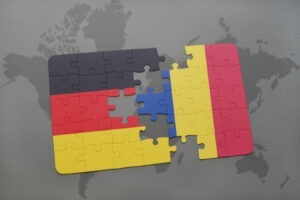Romania has dropped out of the high-income group of countries during the pandemic, after only one year in which it was in the group that already included all EU countries except Bulgaria, according to the latest World Bank data, as analyzed by Economedia.
Urmărește mai jos producțiile video ale Economedia:
- articolul continuă mai jos -
Romania is currently classified as an upper middle income country, with a gross national income (GNI) per capita of $12,570 at the end of 2020. In order to be part of the high-income group, last year our country had to have a GNI per capita of at least $12,696.

2019 was the first year that Romania joined the group of high-income countries, when it reported a gross national income per capita of $12,610. This year Romania narrowly made it onto the list of high-income countries, with the minimum threshold being $12,535.
Romania’s demotion from the high-income countries comes in the context of the COVID-19 pandemic, when the country’s economy shrank by 4%, but also because the World Bank slightly raised the minimum gross national income per capita threshold for this category from $12,535 to $12,696.
It is worth noting that gross national income per capita fell in all EU countries for which data are available last year, according to data analyzed by Economedia. So Romania’s situation is not exceptional, with all countries affected by the pandemic. Romania is the only one to have been downgraded, only because it was slightly above the threshold.
The World Bank classifies countries as follows: low-income economies are defined as those with a GNI per capita of $1,045 or less in 2020; lower-middle-income economies are those with a GNI per capita between $1,046 and $4,095; upper-middle-income economies are those with a GNI per capita between $4,096 and $12,695; high-income economies are those with a GNI per capita of $12,696 or more.

 Foto: Pexels.com
Foto: Pexels.com





























